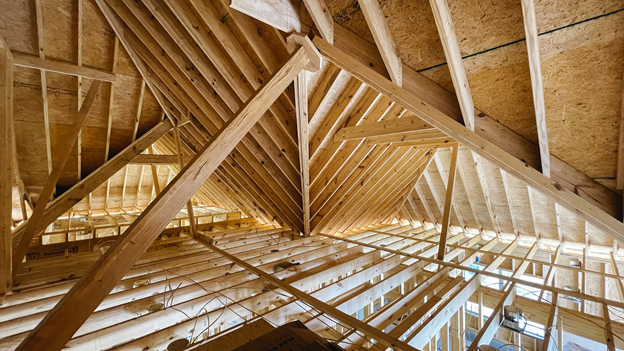If you’re frustrated with the high costs of your utility bills month after month, then upgrading your attic insulation is an easy way to improve the energy efficiency of your home. The Department of Energy estimates that as much as 30% of a home’s energy costs can escape through a poorly insulated attic. Considering 60 million homes in the U.S. are under-insulated, this is more than just a minor issue.
Why Attic Insulation?
Your attic is the ideal place to insulate if you want to enjoy lower utility bills. According to the Environmental Protection Agency (EPA), homeowners can save an average of 15% on heating and cooling costs by sealing air leaks and adding attic insulation. This prevents heat loss in the winter and helps keep your home cooler in the summer.
The two primary areas for upgrading attic insulation are the floor and the roof. In an unfinished attic, you can add layers to the existing floor insulation. For a finished attic, you can insulate against the roof, which is beneficial if your heating and cooling ducts run through the space. In a large area like an attic, you can enhance the insulation value of a lower-rated material by applying a thicker layer on top.
How Much Do You Need?
Many homeowners assume that the amount of insulation in their home is enough; however, it can compress over time. This reduces its effectiveness of regulating the temperature in your home. To visually inspect your attic, check for any exposed floor joists. If the insulation only comes up to the joists, then you probably need to add more. Use a ruler to measure from the floor to the top of the insulation to see how much you have. Then use the recommended insulation levels for your area and subtract your current insulation to determine how much more you need.
What’s R-Value?
Insulation is measured by its R-value, which indicates a material’s ability to resist heat flow. The higher the R-value, the more effective the insulation. The Department of Energy recommends up to R-60 insulation, depending on your location. For example, Maryland falls into Zone 4, requiring an R-value between R-38 and R-60 for an attic. It’s important to note that achieving the maximum R-value depends on proper insulation installation.
Insulating your attic offers numerous benefits, no matter where you live or the season. The primary advantage is saving money by lowering your energy bills, providing a significant return on investment. Additionally, it is environmentally friendly, as it reduces the amount of energy needed to heat or cool your home.

